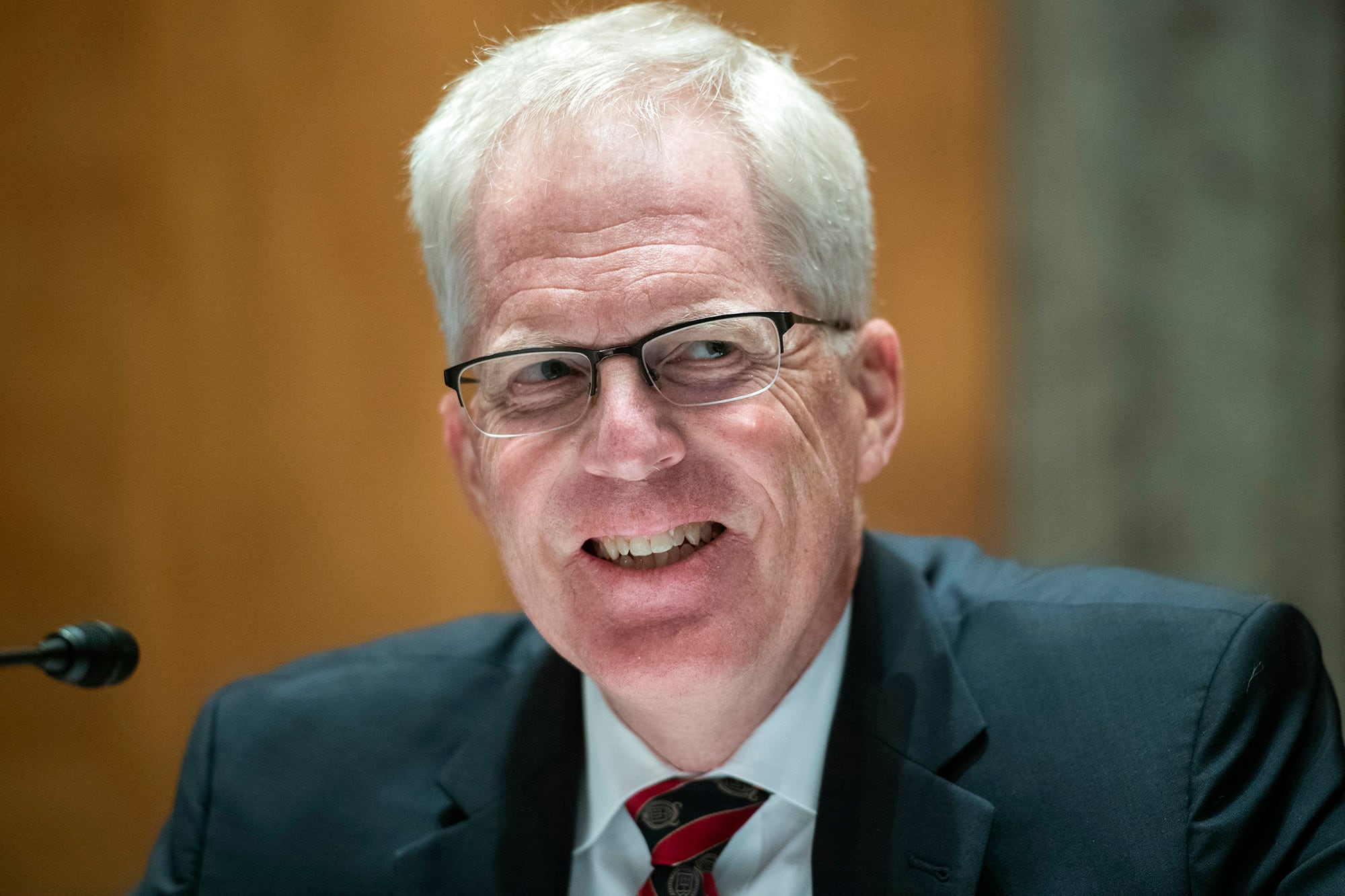WASHINGTON — Less than a day after the General Services Administration opened the doors for the landing team from the Biden-Harris campaign to arrive at the Pentagon, members have already had two conversations with current defense officials, with more to come.
But while the Presidential Transition Act of 1963 lays out clear directives on how one administration helps usher in the next — it literally comes with a handbook on best practices — this transition, like so much else in 2020, may require some flexibility thanks to COVID-19.
The GSA’s move — which came after growing criticisms from Democrats who felt the agency was slow-rolling the start of the transition for political purposes — freed up funds, office space and, critically for the Pentagon transition, allowed the sharing of sensitive information with the incoming team.
However, the transition is kicking off just as the Pentagon upped its level of COVID preparedness. As a result, maximum occupancy has dropped to 40 percent, with extra temperature checks.
RELATED

According to Washington Headquarters Services Director Thomas Muir, the agency transition director, that won’t stop the transition, but it may require the team to rely more on video teleconferencing than previous groups.
The incoming team “is willing and certainly able to abide by the COVID restrictions here in the Pentagon. They agreed with the protection measures we’re doing for our families, our employees, ourselves, our colleagues, our comrades here in the Pentagon.” Muir said at a press conference Tuesday, adding that “Some will work in the building, some will be virtual.”
Kash Patel, the newly installed chief of staff for newly installed Acting Secretary of Defense Christopher Miller, will be leading the transition for the current administration. But Muir will manage the day-to-day work, according to chief Pentagon spokesman Jonathan Rath Hoffman.
“I spoke with the chief of staff today, and he is assured me that Tom here is the lead on this and that he is going to be working with Tom, and Tom is going to be the one working with the team today,” Hoffman said, adding that Patel’s role is mainly “to be the touch point for the secretary, to ensure the secretary has insight into what’s going on and to make sure the transition is successful.”
RELATED

Patel also reached out to transition lead Kathleen Hicks in order to share his contact information in case she had any questions.
Muir said his team has been preparing for six months in case a transition was needed, and believes the current set up will allow the Biden-Harris team to work as safely as possible.
Included in that setup: office space at the Pentagon that allows for social distancing, and which comes equipped with both secure and unsecure VTC capabilities. With the GSA certification, the FBI and Department of Justice can begin giving security clearances to the transition team, allowing access to classified information needed to give an up-to-date situation report to the president-elect and his advisers.
Informing the transition is a group of “transition assistance coordinators,” largely general officers or senior executive service civilians, drawn from key offices around the military agencies, combatant commands, joint staff and OSD. That group, which meets weekly, will provide information as needed to the transition team and help set up interviews with key officials.
Muir noted he expects daily conversations with the Biden-Harris group, adding “They’re looking forward to participating in discussions in the Pentagon. I’m providing a small tour on Monday next week.”
Aaron Mehta was deputy editor and senior Pentagon correspondent for Defense News, covering policy, strategy and acquisition at the highest levels of the Defense Department and its international partners.





